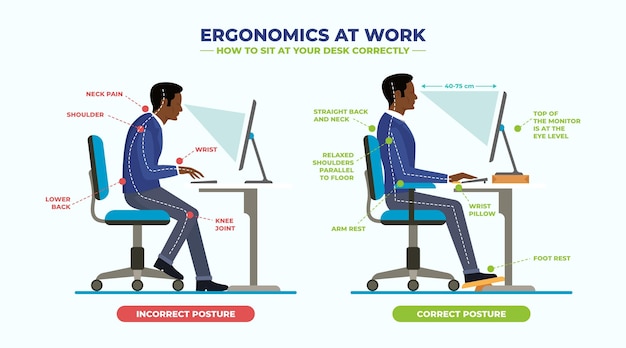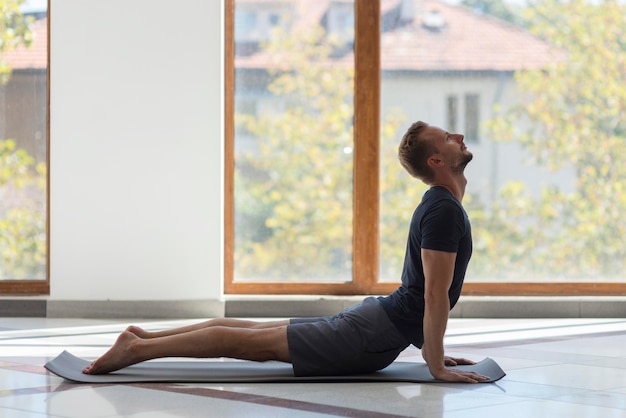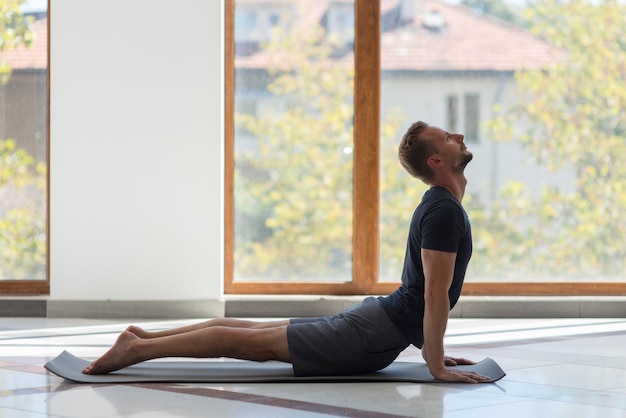Reclaim your body from the effects of prolonged sitting—no gym, no fancy gear, just practical strategies that fit your real life.
If you spend most of your day at a desk, you're not alone. Millions of professionals—from remote workers to office employees—face the same silent struggle: stiffness, low back pain, neck tension, and fatigue. The culprit? Hours of static postures, poor ergonomics, and minimal movement.
But here’s the good news: you don’t need a personal trainer, a full home gym, or hours of free time to reverse the damage. This complete rehab checklist is designed specifically for desk workers with real-life schedules. Minimal gear, maximum impact.
Sitting for extended periods alters your body’s natural alignment. Your hip flexors shorten, your shoulders round forward, and your neck juts ahead of your spine. Over time, this leads to muscle imbalances, joint strain, and chronic discomfort.
Rehab isn’t just for injuries—it’s for prevention. A proactive approach can help you avoid long-term issues like disc degeneration, repetitive strain, and postural fatigue.
This plan is built around micro-movements and daily habits that require less than 15 minutes a day. You can do these at your desk, in a small office space, or during short breaks.

Your spine needs movement, not just support. Try this 5-minute routine:

Tight hips and shoulders are common. Use what you have:
Prolonged sitting weakens glutes and core. Re-engage them:
Sitting reduces blood flow. Counteract it with:
Shallow breathing worsens tension. Practice diaphragmatic breathing:
Rehab only works if it sticks. Integrate these habits:
You don’t need much:
The key to success isn’t perfection—it’s consistency. Pair rehab habits with existing routines:
Your body isn’t designed to sit all day—but with small, intentional actions, you can offset the toll and feel better, every day.

Wellness

Wellness

Wellness

Wellness

Health

Wellness

Wellness

Fitness

Wellness

Wellness

Fitness

Wellness

Health

Fitness

Health

Health